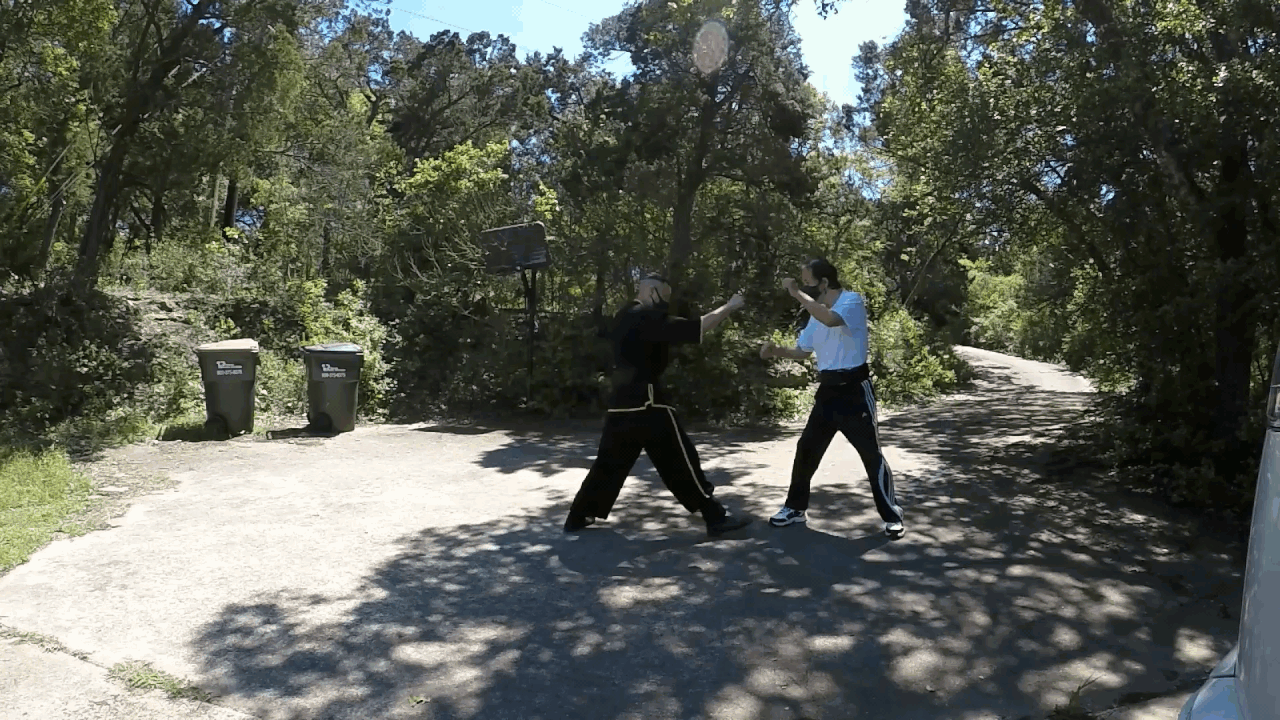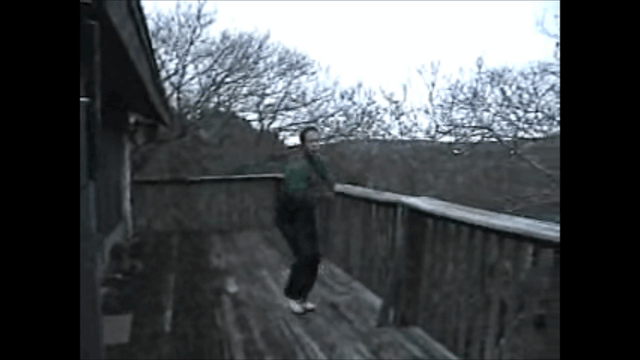I came back from a cruise last week and did a few minutes of light sparring. I went well, no gloves, no contact to light contact. Then it happened. My opponent jumped in and I gave him a stiff arm into what I thought was his hip. He collapsed but it didn't appear to have the wind knocked out of him and he didn't appear to be trying to catch his breath. To me it wasn't a "real punch" I just extended my arm and braced for impact, and I think it was that last bit may have been where I unknowingly delivered some power. He said it felt like body weight, but to me it felt like he just ran into my fist because he jumped into it. Which meant that he was least able to resist the impact.
There have been other occasions where my opponent has jumped into me, and it resulted in more impact than what I give. On one occasion I was on the receiving end. I almost knocked myself out. When I asked what did he punch me with, he said he didn't, He just stiffened his arm and I ran into his fist.
So why am I'm bringing this up? Because I'm starting to think there is some validity of leaving the arm out after a punch.
I think the extended punch that is left out is the technique. Why would you want to do it? For the same reason I did it. To deliver a strike and prevent forward movement of my opponent. If I pull the punch back, then my opponent's momentum will continue forward. If I extend the punch and leave it, then not only are you getting the force from the punch, but you are getting force from running into it. I took a look at some of the forms in Jow Ga, TKD, and Karate and they had similar things in common. Punches that would extend and return, and punches that extend and stay extended.
When I dropped my sparring partner, I was instantly irritated because he fell from a body shot that I used less than 10% of my power to establish. Literally extend arm and stiffen arm for the impact. I thought he was insulting me. That's what it felt like, but after thinking about it for a few days maybe his reactions were honest. The only thing that makes me think this is because he specifically mentioned that he felt body weight behind the punch. I used to demo body weight punches so students could feel it. He didn't say that the punch was hard, he said that there was body weight behind it.
It took him about 10 seconds to recover. My intention is not to drop him. I have some new perspectives about the extended punch and why it's left out. I wasn't using gloves during the light sparring so I'm wondering if he caught some downward knuckle action as well. If that's the case, then it may not have the same effect if I'm wore a thick glove on.
Any thoughts on the extended punch and why it's left extended in the form?
There have been other occasions where my opponent has jumped into me, and it resulted in more impact than what I give. On one occasion I was on the receiving end. I almost knocked myself out. When I asked what did he punch me with, he said he didn't, He just stiffened his arm and I ran into his fist.
So why am I'm bringing this up? Because I'm starting to think there is some validity of leaving the arm out after a punch.
I think the extended punch that is left out is the technique. Why would you want to do it? For the same reason I did it. To deliver a strike and prevent forward movement of my opponent. If I pull the punch back, then my opponent's momentum will continue forward. If I extend the punch and leave it, then not only are you getting the force from the punch, but you are getting force from running into it. I took a look at some of the forms in Jow Ga, TKD, and Karate and they had similar things in common. Punches that would extend and return, and punches that extend and stay extended.
When I dropped my sparring partner, I was instantly irritated because he fell from a body shot that I used less than 10% of my power to establish. Literally extend arm and stiffen arm for the impact. I thought he was insulting me. That's what it felt like, but after thinking about it for a few days maybe his reactions were honest. The only thing that makes me think this is because he specifically mentioned that he felt body weight behind the punch. I used to demo body weight punches so students could feel it. He didn't say that the punch was hard, he said that there was body weight behind it.
It took him about 10 seconds to recover. My intention is not to drop him. I have some new perspectives about the extended punch and why it's left out. I wasn't using gloves during the light sparring so I'm wondering if he caught some downward knuckle action as well. If that's the case, then it may not have the same effect if I'm wore a thick glove on.
Any thoughts on the extended punch and why it's left extended in the form?


